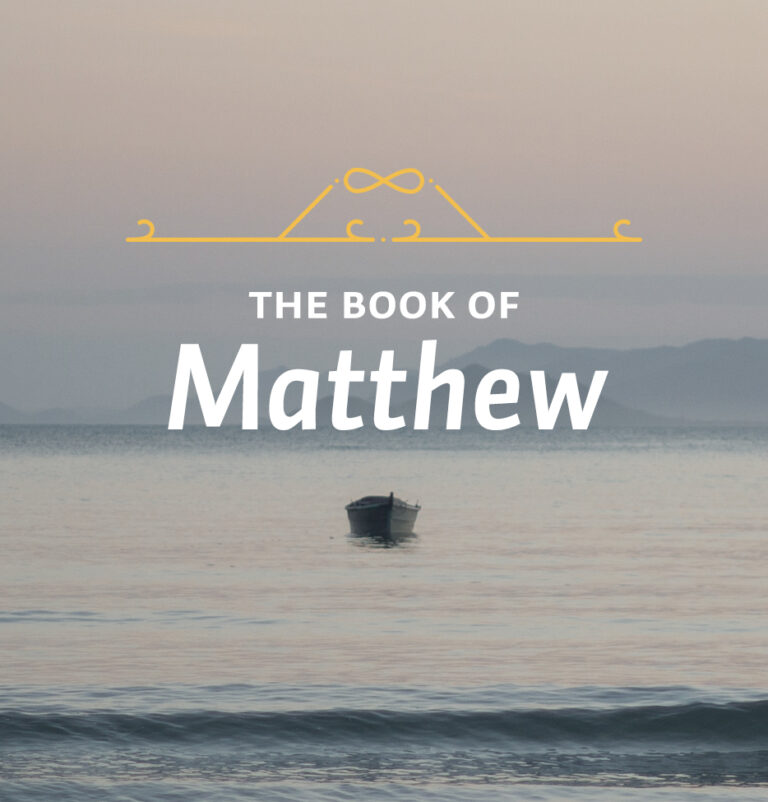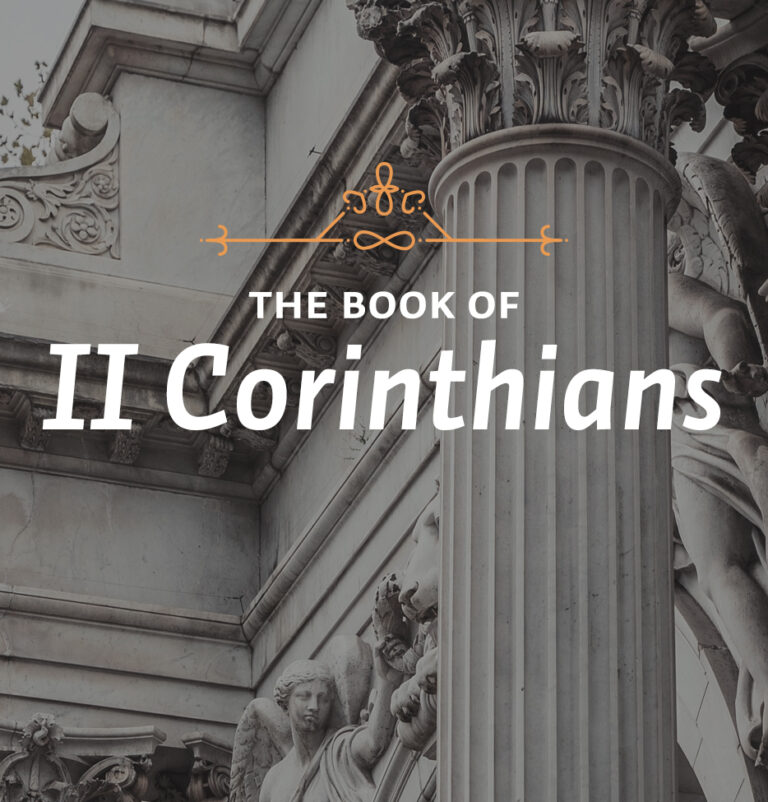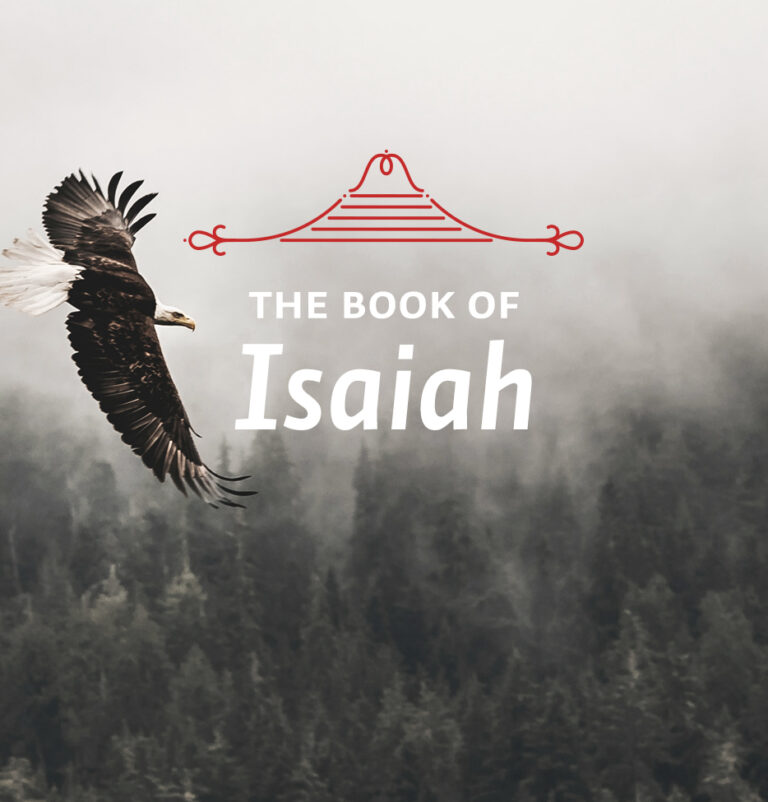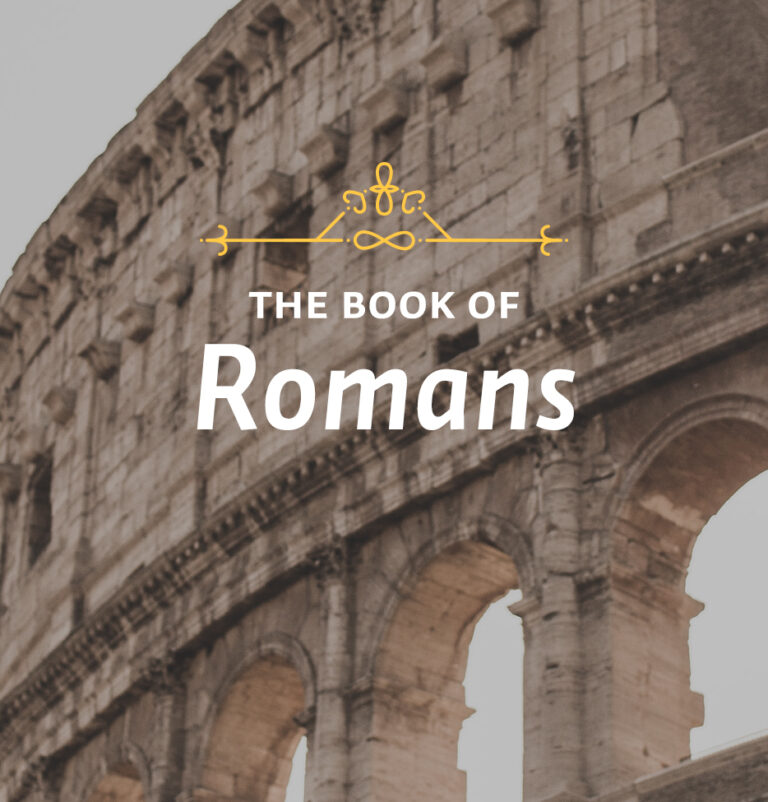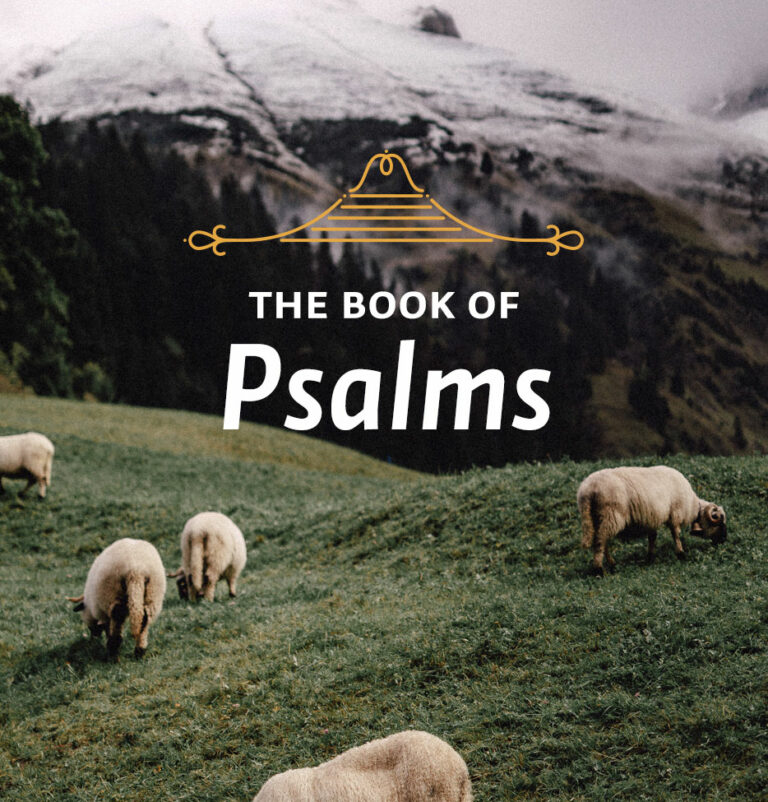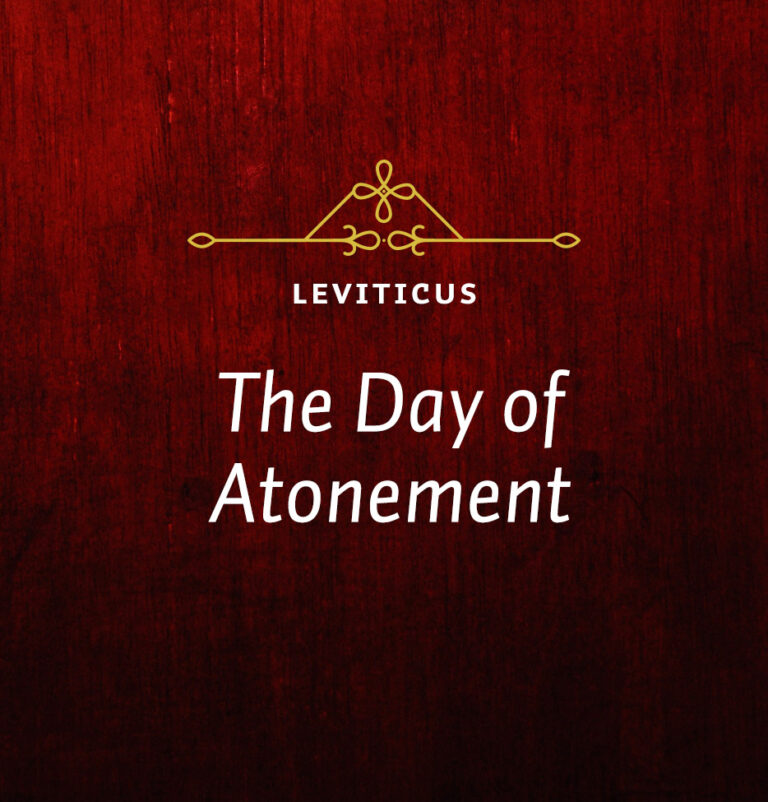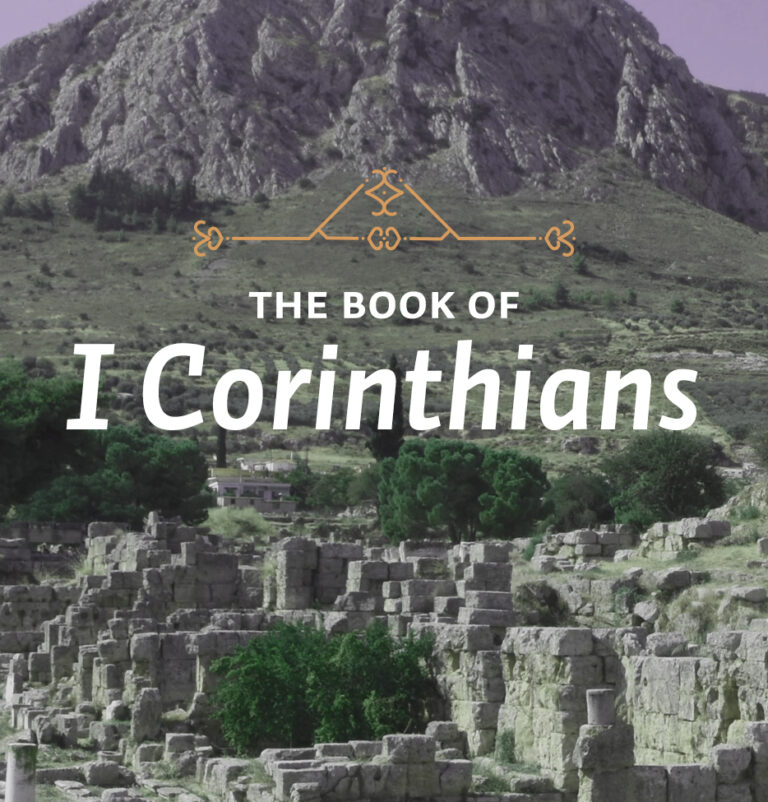
Foolish Things Wisely Chosen – Part 3
Years ago, Donald Barnhouse wrote an interesting little pamphlet called How God Uses Little Things. It was excellent. In that pamphlet he went through the Bible from beginning to end, listing all the things that God uses. He began with Genesis, asking, “What did God use when He made man?” It was not plutonium. It was not gold. It was not steel, or any of the many other things we would consider valuable. It was dust, one of the most useless things there is. But what happened? God breathed into the dust so that man became a living soul.


